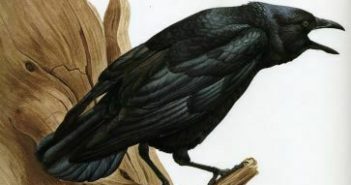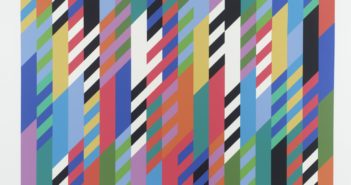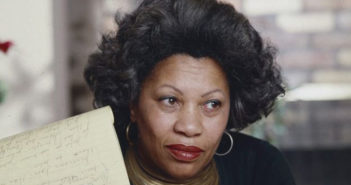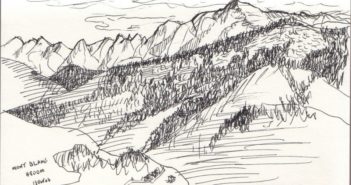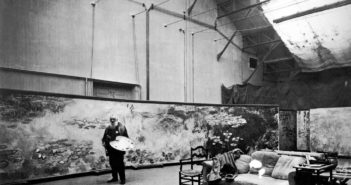
Why you must love life
“This is why you must love life,” says Bernadette Fox, the artist-turned-wife-and-mother in Maria Semple’s 2012 comedic novel about art, failure and the domestic cage. “In one day you’re offering up your social security number to the Russian Mafia; two weeks later you’re using the word calve as a verb.” Bernadette, a once-lauded star-chitect is languishing in the suburbs of Seattle, unable to put her finger on the cause of her erratic behavior, anxiety, sleeplessness and misanthropy. She loves her husband and child, but something has gone terribly wrong with herself.

